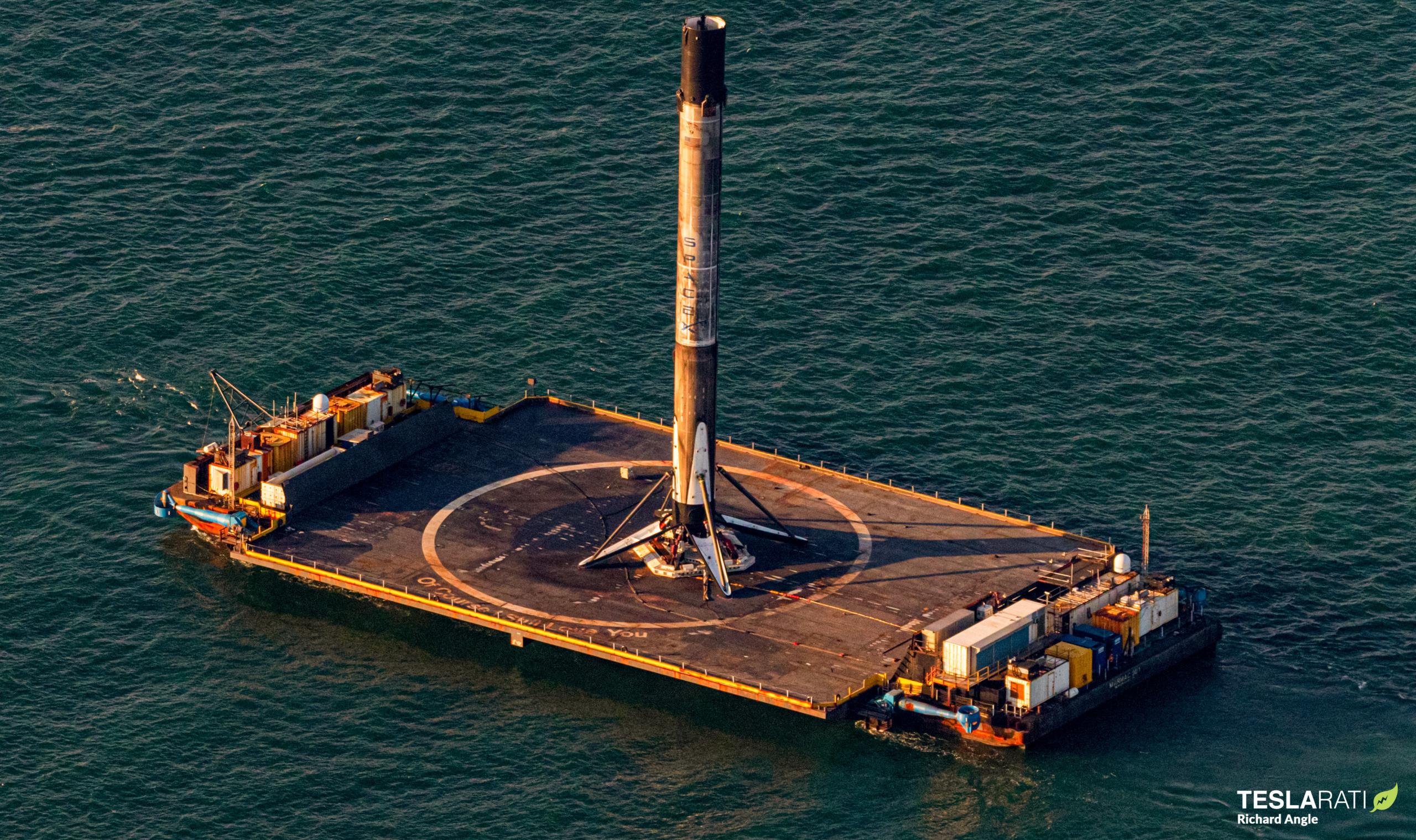
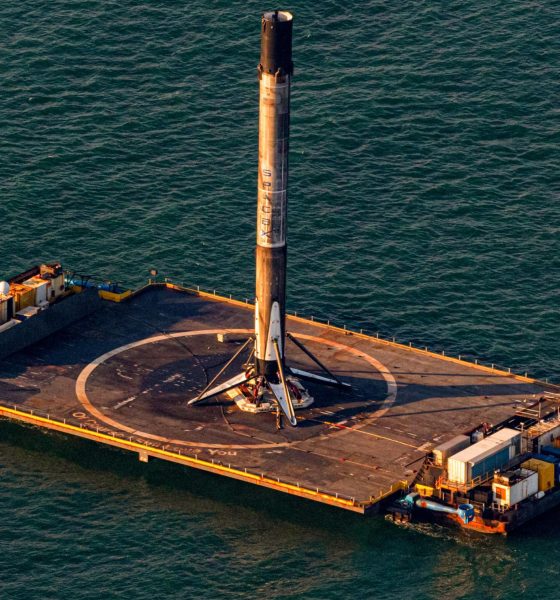
News
SpaceX Falcon 9 booster and first thrice-flown fairing return to port [photos]
In a period of just 12 hours last Friday, SpaceX successfully returned Falcon 9 booster B1058 and two payload fairing halves to Port Canaveral and a photographer-laden helicopter was airborne to capture it.
With its safe return to dry land, fairing recovery ship GO Ms. Tree’s bullseye catch of an already twice-flown fairing all but guarantees that the record-breaking payload fairing will have a chance to launch a fourth time in the near future. Meanwhile, Falcon 9 booster B1058 – the first US-built rocket to launch US astronauts since June 2011 – will soon be well on its way to its own fourth flight, likely for one of several dozen Starlink missions SpaceX aims to launch in the next ~15 months.
Aside from placing what CEO Elon Musk says is the last batch of satellites needed to kick off the Starlink internet network’s first public beta tests, the Starlink-12 mission was SpaceX’s 17th this year, leaving the company on track to beat its annual launch record by at least a small margin.
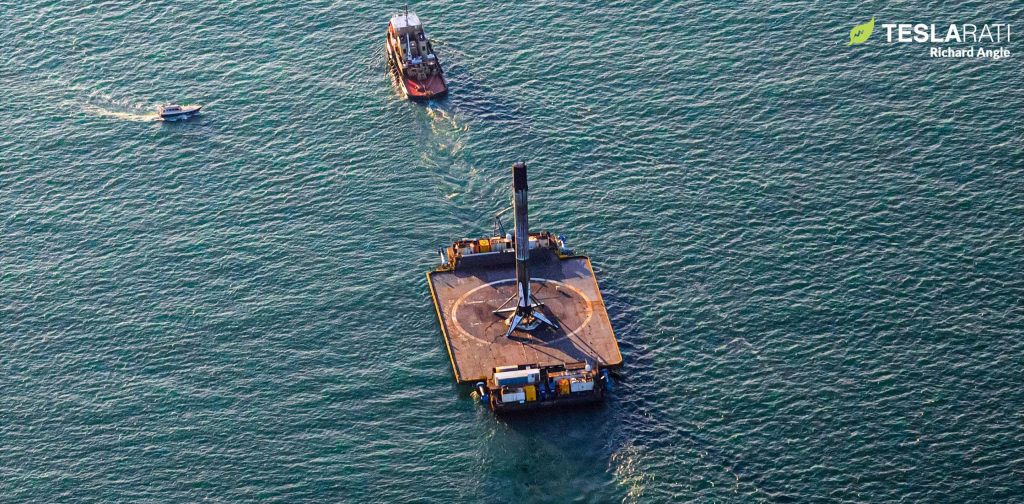
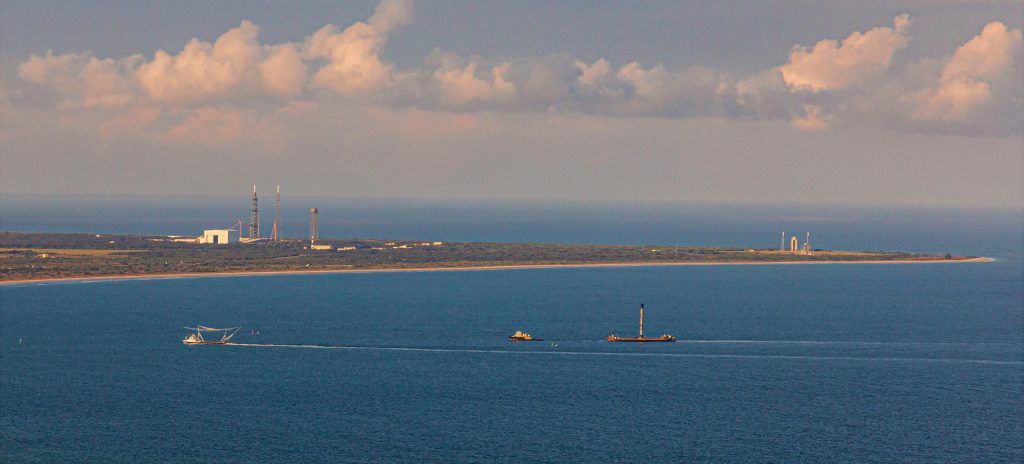
If SpaceX continues to follow its 2020 average of one Falcon 9 launch ever ~16.4 days, the company will likely end the year with 22 missions under its belt, narrowly beating the 21 launches it completed in 2018. If it follows its launch average – ~12.8 days per launch – from just the last four or so months, however, SpaceX could crush its record with some 24 or 25 launches this year. Given recent disruptions from reliably bad weather and a rare last-second launch abort, which trajectory SpaceX will follow over the next ~12 weeks is entirely up in the air.
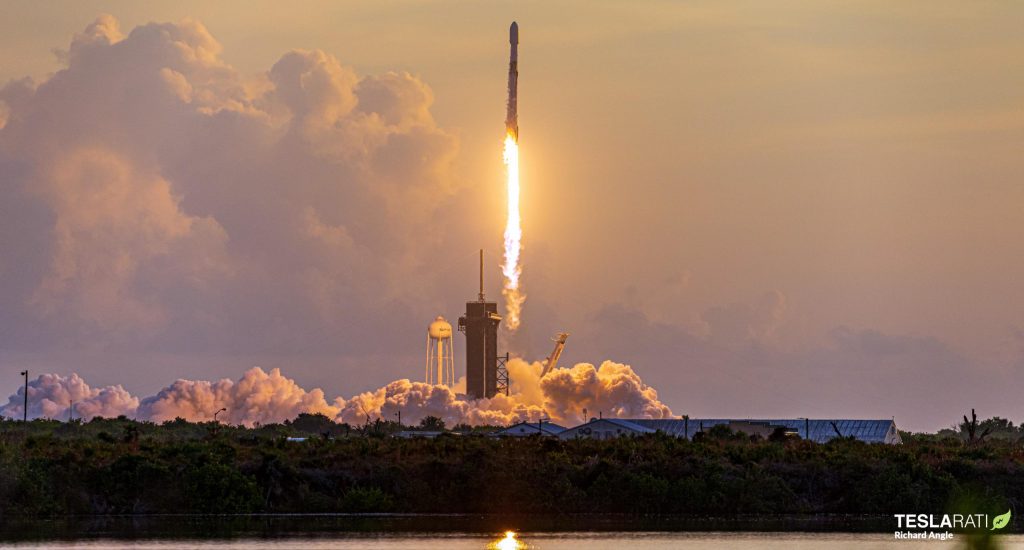
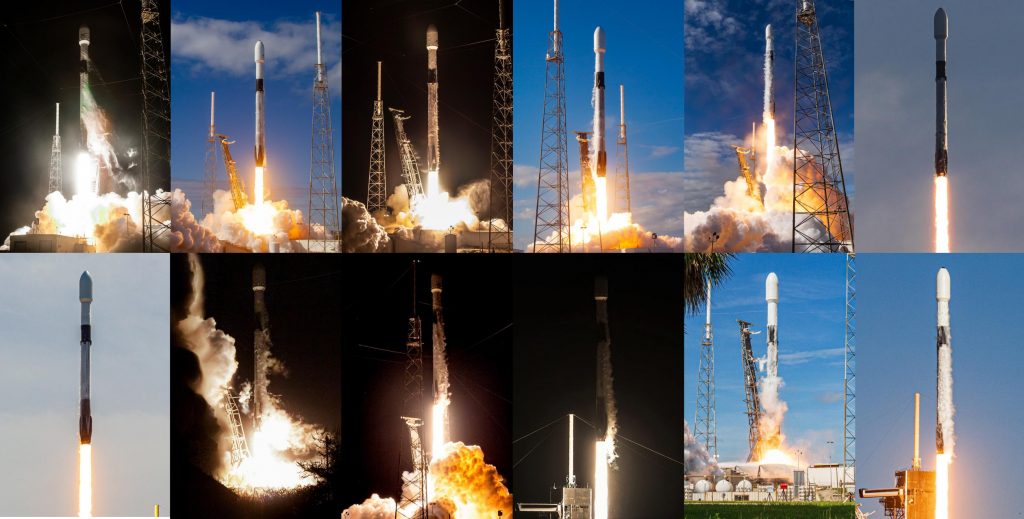
Regardless of the outcome, though, reusability will have played a foundational role to a degree thus far unprecedented. Barring a major surprise, SpaceX will end 2020 having launched just five new Falcon 9 boosters – three of which will likely launch within the last two months of the year.
For fairing recovery and reuse, 2020 has been an even more groundbreaking, seeing SpaceX (seemingly) begin to find steadier footing with increasingly consistent fairing catches. Impressively, in the measly 11 months since SpaceX first reused a Falcon fairing, nearly a third of all launches and almost half of all Starlink missions have flown with one or two flight-proven halves. Recently, Musk even revealed that SpaceX intends for fairings and boosters to be capable of at least 10 launches each, confirming that Starlink-12’s now thrice-flown fairing half is no fluke.
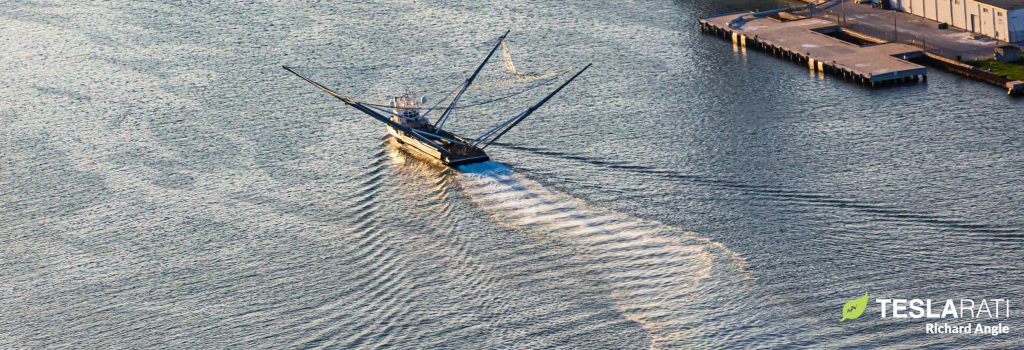
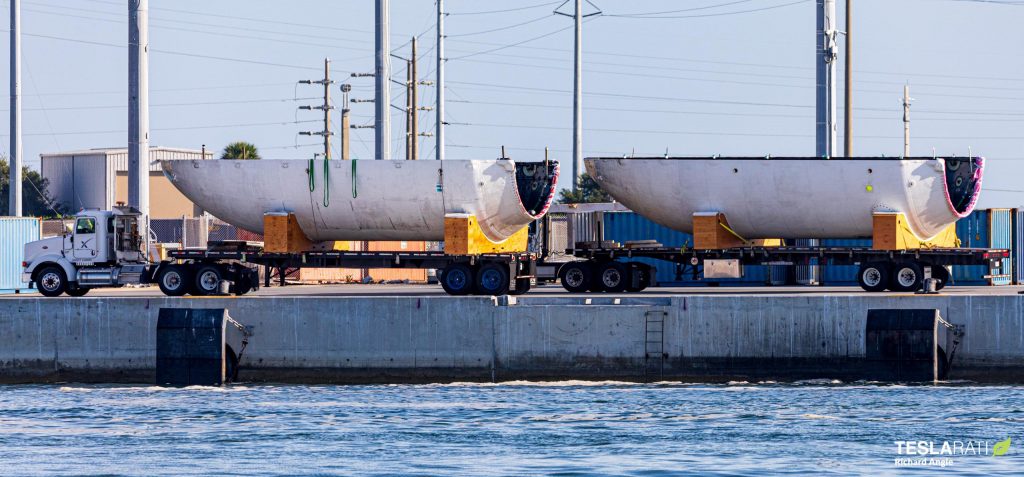
Drone ship Of Course I Still Love You’s (OCISLY) successful Starlink-12 booster recovery ended an agonizing three weeks of back and forth as SpaceX was tugged in a circle by ULA’s launch priority, technical difficulties, and stormy summer weather. Originally meant to recover Falcon 9 booster B1058 as early as mid-September, the launch slowly slipped its way to October 6th. Beginning in late-September, drone ship Just Read The Instructions (JRTI) joined the fray for its role in SpaceX’s GPS III SV04 launch for the US military, a launch that would also find itself delayed several times.
Two seconds before liftoff, new Falcon 9 booster B1062 automatically aborted its October 2nd launch attempt due to bad pressure readings in at least one of its nine Merlin 1D engines. SpaceX has since taken the rocket horizontal and is likely swapping multiple engines, possibly necessitating a second static fire test before the next attempt sometime later this month. That abort has also delayed SpaceX’s second NASA astronaut launch (Crew-1) from Halloween to mid-November to ensure no commonality.
SpaceX has an absolutely jam-packed fourth quarter ahead of it, ranging from GPS III SV04 and Crew-1 to a Sirius XM radio satellite, a Turkish communications satellite, and the joint NASA/ESA/CNES Sentinel 6A oceanography spacecraft. Stay tuned for updates and spectacular new photos from the Teslarati team.
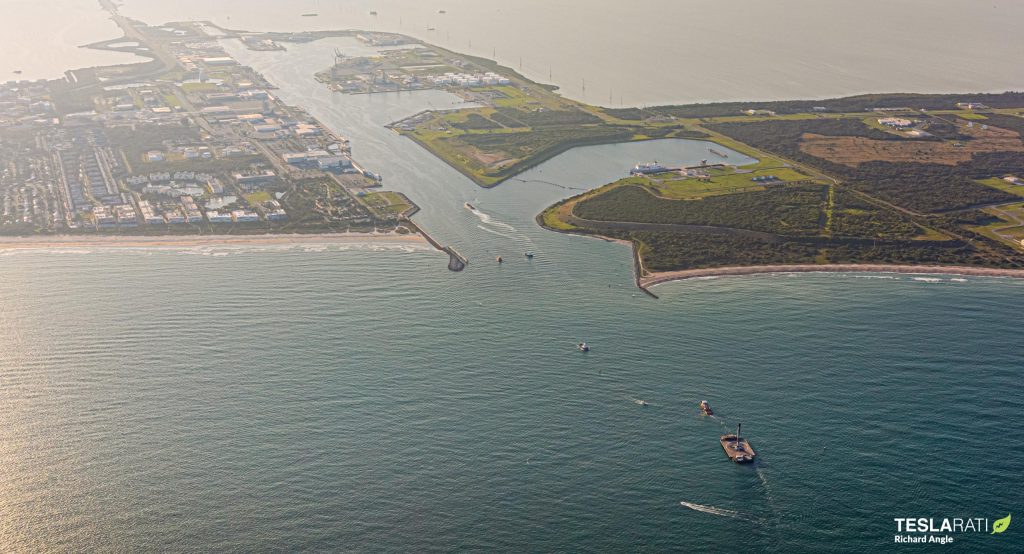
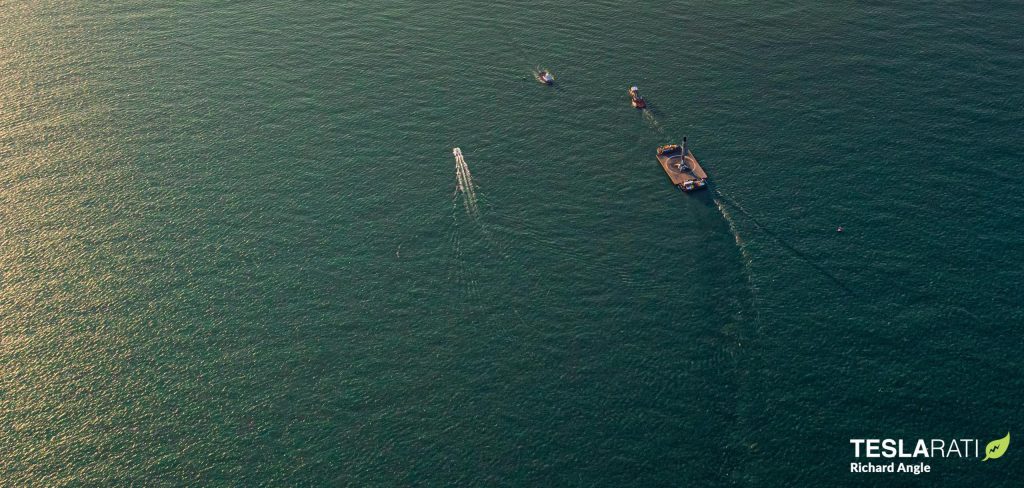
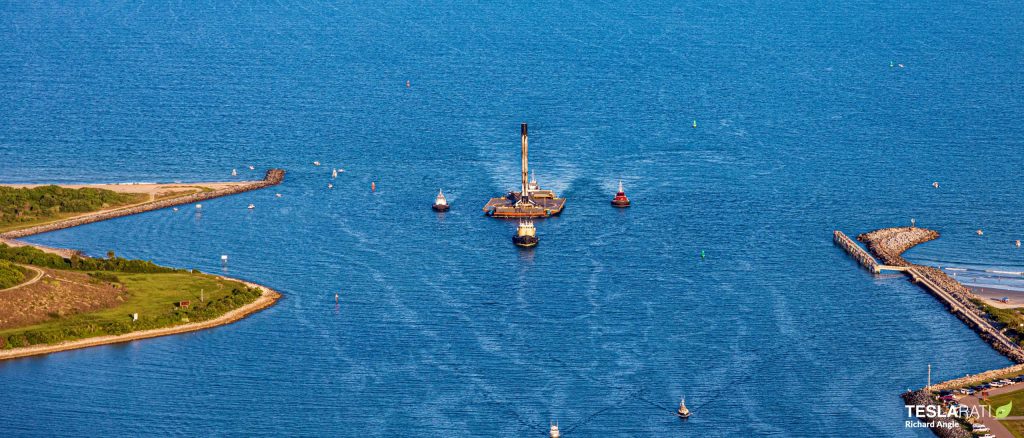
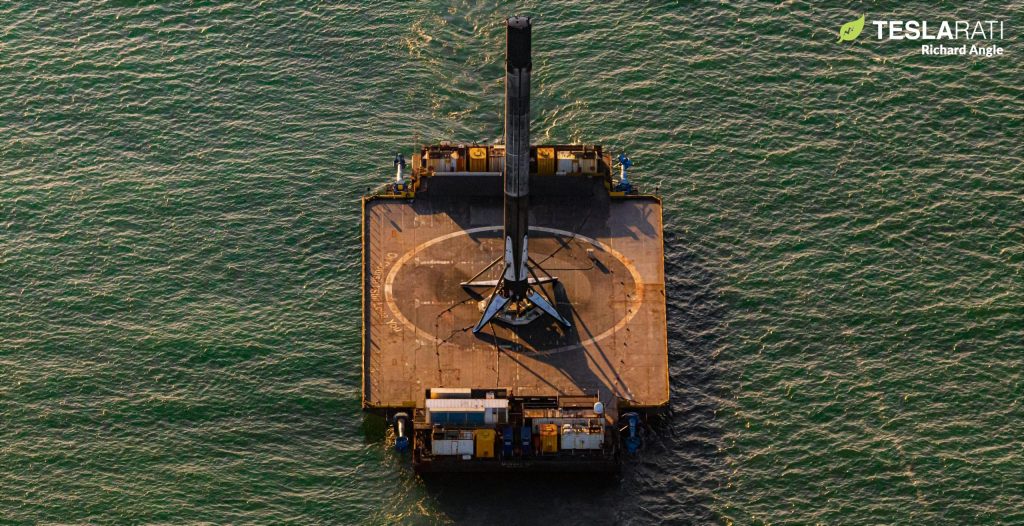
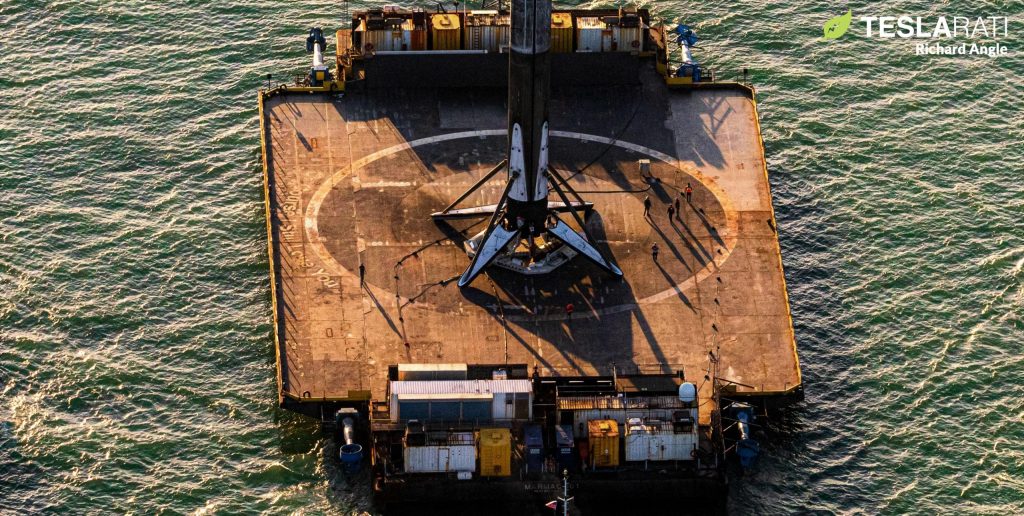
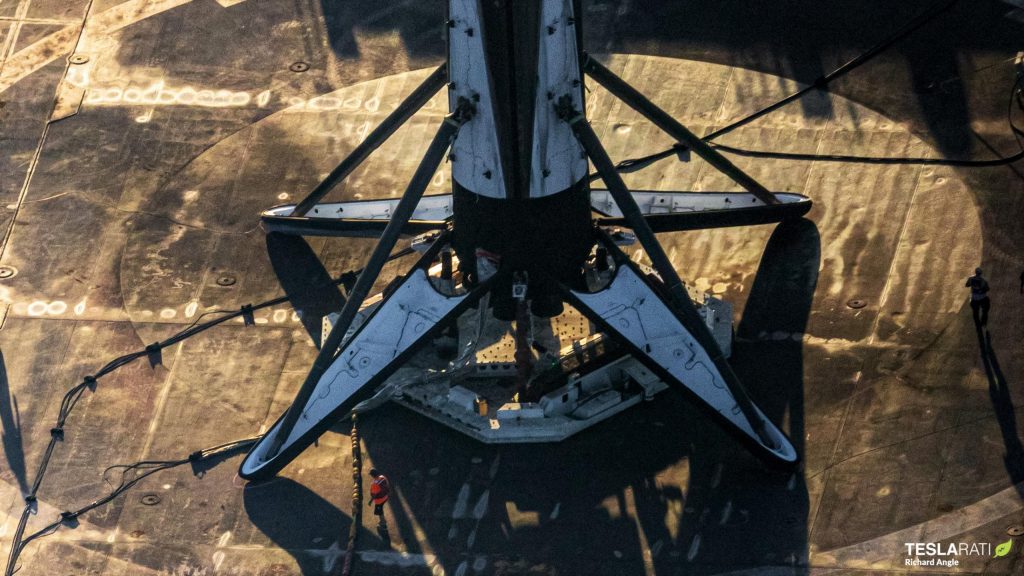

News
Tesla’s northernmost Supercharger in North America opens
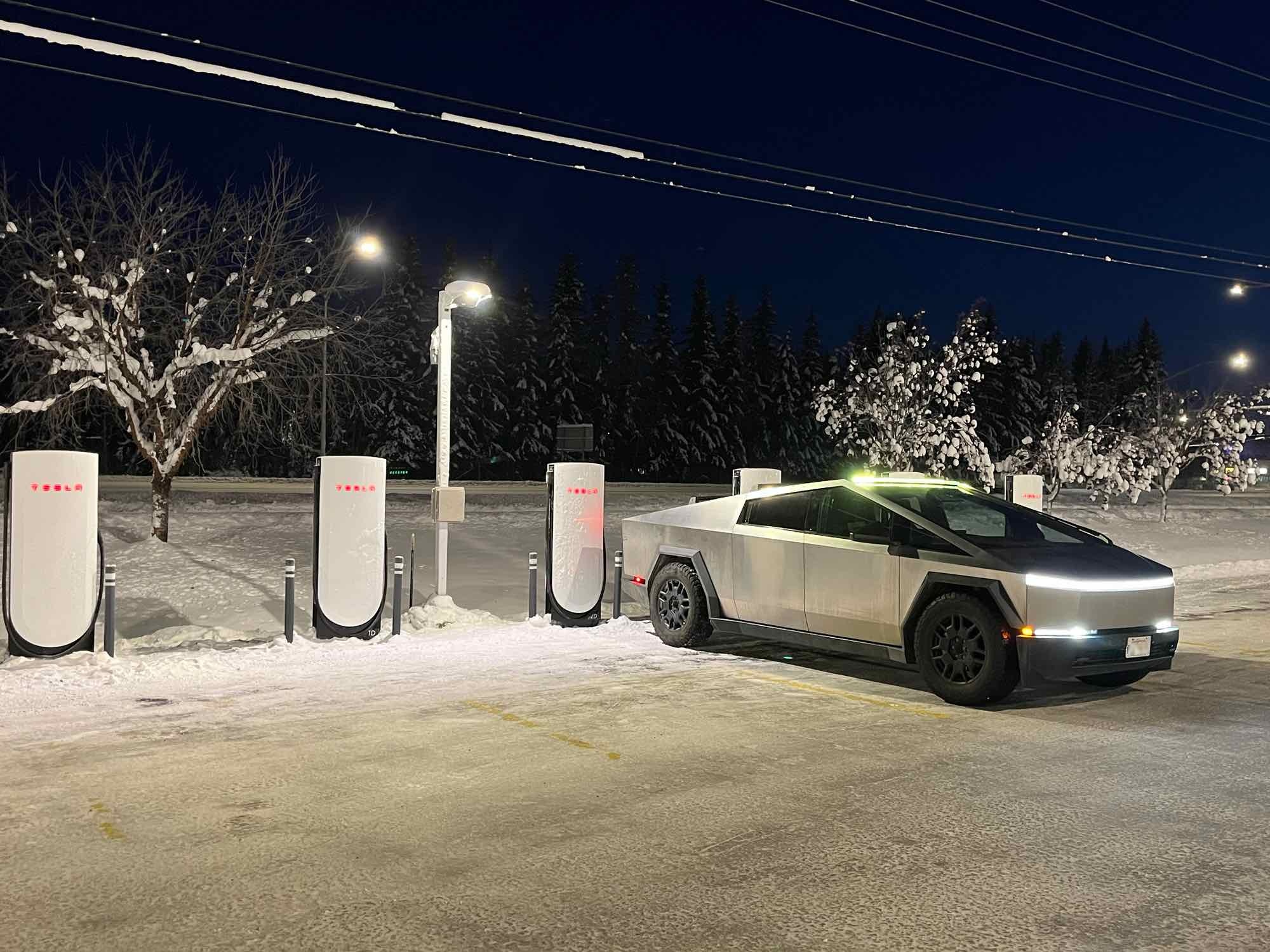
Tesla has opened its northernmost Supercharger in Fairbanks, Alaska, with eight V4 stalls located in one of the most frigid cities in the U.S.
Located just 196 miles from the Arctic Circle, Fairbanks’s average temperature for the week was around -12 degrees Fahrenheit. However, there are plenty of Tesla owners in Alaska who have been waiting for more charging options out in public.
There are only 36 total Supercharger stalls in Alaska, despite being the largest state in the U.S.
Eight Superchargers were added to Fairbanks, which will eventually be a 48-stall station. Tesla announced its activation today:
North America’s northernmost Supercharger Fairbanks, AK (8 stalls) opened to public. https://t.co/M4l04DZ6B5 pic.twitter.com/zyL6bDuA93
— Tesla Charging (@TeslaCharging) December 12, 2025
The base price per kWh is $0.43 at the Fairbanks Supercharger. Thanks to its V4 capabilities, it can charge at speeds up to 325 kW.
Despite being the northernmost Supercharger in North America, it is not even in the Top 5 northernmost Superchargers globally, because Alaska is south of Norway. The northernmost Supercharger is in Honningsvåg, Norway. All of the Top 5 are in the Scandanavian country.
Tesla’s Supercharger expansion in 2025 has been impressive, and although it experienced some early-quarter slowdowns due to V3-to-V4 hardware transitions, it has been the company’s strongest year for deployments.
🚨🚨 Tesla Supercharging had a HUGE year, and they deserve to be recognized.
🍔 Opened Tesla Diner, a drive-in movie theater with awesome, Chef-curated cuisine
🔌 Gave access to Superchargers to several EV makers, including Hyundai, Genesis, Mercedes-Benz, Kia, Lucid, Toyota,… pic.twitter.com/yYT2QEbqoW
— TESLARATI (@Teslarati) December 10, 2025
Through the three quarters of 2025, the company has added 7,753 stations and 73,817 stalls across the world, a 16 percent increase in stations and an 18 percent increase in stalls compared to last year.
Tesla is on track to add over 12,000 stalls for the full year, achieving an average of one new stall every hour, an impressive statistic.
Recently, the company wrapped up construction at its Supercharger Oasis in Lost Hills, California, a 168-stall Supercharger that Tesla Solar Panels completely power. It is the largest Supercharger in the world.
News
Tesla hints toward Premium Robotaxi offering with Model S testing
Why Tesla has chosen to use a couple of Model S units must have a reason; the company is calculated in its engineering and data collection efforts, so this is definitely more than “we just felt like giving our drivers a change of scenery.”

Tesla Model S vehicles were spotted performing validation testing with LiDAR rigs in California today, a pretty big switch-up compared to what we are used to seeing on the roads.
Tesla utilizes the Model Y crossover for its Robotaxi fleet. It is adequately sized, the most popular vehicle in its lineup, and is suitable for a wide variety of applications. It provides enough luxury for a single rider, but enough room for several passengers, if needed.
However, the testing has seemingly expanded to one of Tesla’s premium flagship offerings, as the Model S was spotted with the validation equipment that is seen entirely with Model Y vehicles. We have written several articles on Robotaxi testing mules being spotted across the United States, but this is a first:
🚨 Tesla is using Model S vehicles fitted with LiDAR rigs to validate FSD and Robotaxi, differing from the Model Ys that it uses typically
Those Model Y vehicles have been on the East Coast for some time. These Model S cars were spotted in California https://t.co/CN9Bw5Wma8 pic.twitter.com/UE55hx5mdd
— TESLARATI (@Teslarati) December 11, 2025
Why Tesla has chosen to use a couple of Model S units must have a reason; the company is calculated in its engineering and data collection efforts, so this is definitely more than “we just felt like giving our drivers a change of scenery.”
It seems to hint that Tesla could add a premium, more luxury offering to its Robotaxi platform eventually. Think about it: Uber has Uber Black, Lyft has Lyft Black. These vehicles and services are associated with a more premium cost as they combine luxury models with more catered transportation options.
Tesla could be testing the waters here, and it could be thinking of adding the Model S to its fleet of ride-hailing vehicles.
Reluctant to remove the Model S from its production plans completely despite its low volume contributions to the overall mission of transitioning the world to sustainable energy, the flagship sedan has always meant something. CEO Elon Musk referred to it, along with its sibling Model X, as continuing on production lines due to “sentimental reasons.”
However, its purpose might have been expanded to justify keeping it around, and why not? It is a cozy, premium offering, and it would be great for those who want a little more luxury and are willing to pay a few extra dollars.
Of course, none of this is even close to confirmed. However, it is reasonable to speculate that the Model S could be a potential addition to the Robotaxi fleet. It’s capable of all the same things the Model Y is, but with more luxuriousness, and it could be the perfect addition to the futuristic fleet.
News
Rivian unveils self-driving chip and autonomy plans to compete with Tesla
Rivian, a mainstay in the world of electric vehicle startups, said it plans to roll out an Autonomy+ subscription and one-time purchase program, priced at $49.99 per month and $2,500 up front, respectively, for access to its self-driving suite.

Rivian unveiled its self-driving chip and autonomy plans to compete with Tesla and others at its AI and Autonomy Day on Thursday in Palo Alto, California.
Rivian, a mainstay in the world of electric vehicle startups, said it plans to roll out an Autonomy+ subscription and one-time purchase program, priced at $49.99 per month and $2,500 up front, respectively, for access to its self-driving suite.
CEO RJ Scaringe said it will learn and become more confident and robust as more miles are driven and it gathers more data. This is what Tesla uses through a neural network, as it uses deep learning to improve with every mile traveled.
He said:
“I couldn’t be more excited for the work our teams are driving in autonomy and AI. Our updated hardware platform, which includes our in-house 1600 sparse TOPS inference chip, will enable us to achieve dramatic progress in self-driving to ultimately deliver on our goal of delivering L4. This represents an inflection point for the ownership experience – ultimately being able to give customers their time back when in the car.”
At first, Rivian plans to offer the service to personally-owned vehicles, and not operate as a ride-hailing service. However, ride-sharing is in the plans for the future, he said:
“While our initial focus will be on personally owned vehicles, which today represent a vast majority of the miles to the United States, this also enables us to pursue opportunities in the rideshare space.”
The Hardware
Rivian is not using a vision-only approach as Tesla does, and instead will rely on 11 cameras, five radar sensors, and a single LiDAR that will face forward.
It is also developing a chip in-house, which will be manufactured by TSMC, a supplier of Tesla’s as well. The chip will be known as RAP1 and will be about 50 times as powerful as the chip that is currently in Rivian vehicles. It will also do more than 800 trillion calculations every second.
Meet the Rivian Autonomy Processor.
Fast, smart, scalable and purpose-built for autonomous driving and the world of physical AI. Hitting the open road in 2026. pic.twitter.com/0wYXi5WKy7
— Rivian (@Rivian) December 11, 2025
RAP1 powers the Autonomy Compute Module 3, known as ACM3, which is Rivian’s third-generation autonomy computer.
ACM3 specs include:
- 1600 sparse INT8 TOPS (Trillion Operations Per Second).
- The processing power of 5 billion pixels per second.
- RAP1 features RivLink, a low-latency interconnect technology allowing chips to be connected to multiply processing power, making it inherently extensible.
- RAP1 is enabled by an in-house developed AI compiler and platform software
As far as LiDAR, Rivian plans to use it in forthcoming R2 cars to enable SAE Level 4 automated driving, which would allow people to sit in the back and, according to the agency’s ratings, “will not require you to take over driving.”
More Details
Rivian said it will also roll out advancements to the second-generation R1 vehicles in the near term with the addition of UHF, or Universal Hands-Free, which will be available on over 3.5 million miles of roadway in the U.S. and Canada.
More than any other feature, our owners have asked for more hands-free miles.
With Universal Hands-Free, you can now enjoy hands-free assisted driving on any road with clearly defined lanes. That’s roughly 3.5 million miles in the U.S. and Canada.
Look for it in our next… pic.twitter.com/ZFhwVzvt6b
— Rivian (@Rivian) December 11, 2025
Rivian will now join the competitive ranks with Tesla, Waymo, Zoox, and others, who are all in the race for autonomy.








